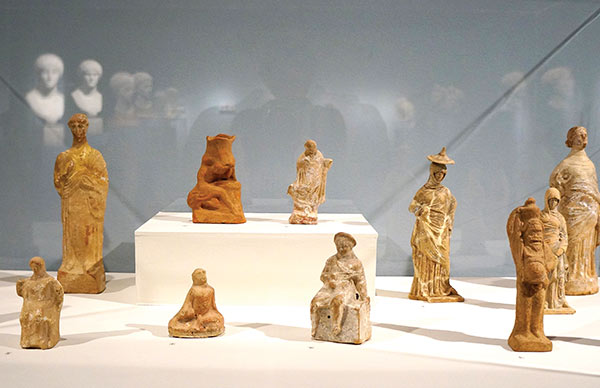
Wednesday, August 24, 2016 6–8:00 p.m.
Please join us for an evening panel discussing the history of the Robinson Collection, it’s future, and the summer exhibit Gods and Men: Iconography and Identity in the Ancient World.
Panelists include: Aileen Ajootian, Brad Cook, Melanie Munns, and Molly Pasco-Pranger.
Guest of Honor: Dr. Lucy Turnbull
Professor Emerita of Classics and Art
Director Emerita University of Mississippi Museum
Moderated by Robert Saarnio.
